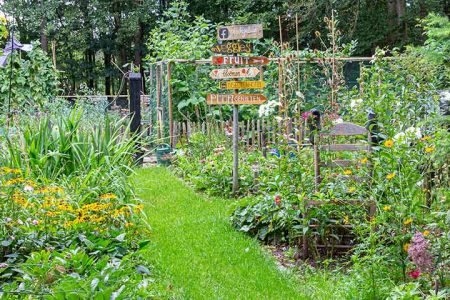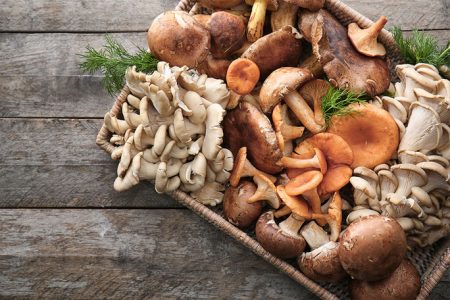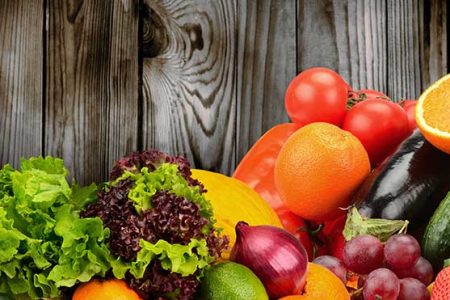It’s still deep winter in Northern Michigan as I am writing this. An expanse of white stretches outside, punctuated by dozens of blue jays that swoop down to pick up sunflower seeds and peanuts from the feeders, outlining blue and white feather arabesques as they fly away. And I dream of spring.
I bring out the old metal box with my seeds from last year: the ones that were left over and the ones I preserved myself. I still have many seeds, and I am making mental lists of what seeds to order from the glossy seed catalogs that arrive in the mail. Their pictures of beautiful vegetables and fruits, herbs and leaves present a subliminal message, enticing me to put this and that variety on my shopping list.
It’s still too early to start most seedlings in pots in my sunroom, but in a few weeks, I will start several varieties of peppers and eggplant. When I return from my trip to India in late March, I will start the tomatoes and the brassica family. That will also be the time to clean the little old greenhouse from the walnut-hull debris that the squirrels have left behind. I will start using it in April to help harden the seedlings that will have sprouted by then. That’s the time I will also start cucumbers and my annual flowers: marigolds, zinnia, and calendula, right in the greenhouse. And then, 25 garden beds will need to be turned over and \ covered with compost. I will consult last year’s map of the garden and chart this year’s planting. By the time May comes around, the greenhouse will be bursting with plants to be transplanted in the garden beds.
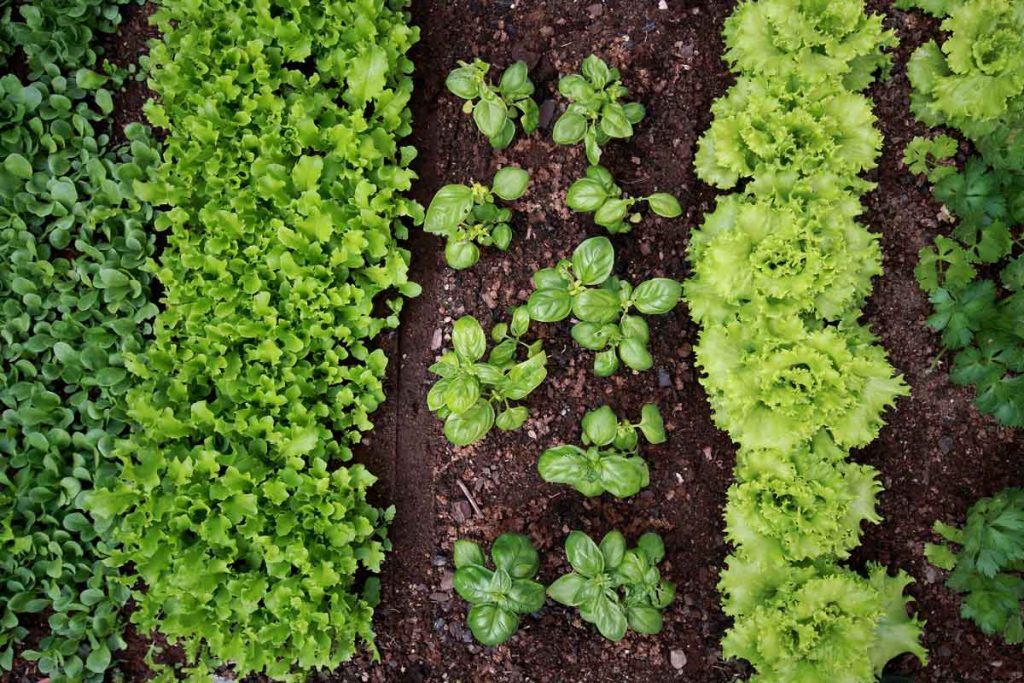
GETTING READY FOR THE SPRING GARDEN
If this is the first time you are planning a garden, it’s good to start early and to start small. The steps below will give you an understanding of what a garden plot involves, but you do not have to follow them implicitly. You can skip several steps and even buy plants ready to be put in the soil in May or June, but starting seeds yourself is part of the fun.
February: Decide what you would like to plant this year. Make an outline on paper of your garden spot and figure out what will go where. If you are ambitious and you want to give your plants a little boost, study companion planting for more successful gardening. Some plants love to cozy up to each other, while others might emit substances that are not beneficial to their neighbors. A good old book to consult is Carrots Love Tomatoes, by Louise Riotte. Borrow it from your library and go directly to the chart at the end listing which plants like each other.
At this stage, it might be a pleasure to dream about five varieties of tomato plants, but try to be realistic. See what would grow well in your area, in your soil, in your garden plot. Most varieties of plants can grow in northern climates—either in the spring or in the fall. Consult the seed companies’ catalogs and make a list of seeds to order. Try to find companies that are located in your hardiness zone; this will make sure your plants will thrive in your climate.
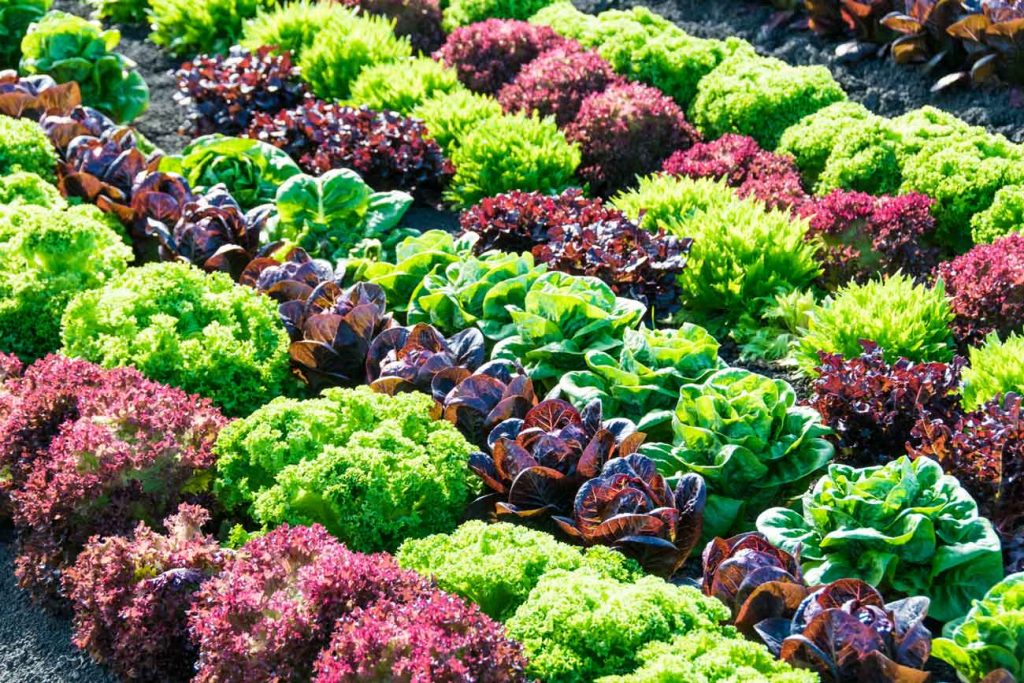
March: Once you have a good idea of what you will plant, and you have your seeds in hand, find out how many days it takes for your specific varieties to be ready for harvest. Then, start your seeds accordingly. For example, eggplant needs a long growing season. In northern Michigan, we have a shorter season for their liking, so I have to start the seeds in early March. The same thing holds true for peppers. Since pepper seeds take a long time to germinate (2-3 weeks) I start them at the same time as the eggplant.
In my sunroom, I bring in an old rickety table just for the seedlings. I cover it with a plastic sheet and put my seed trays and individual pots right on the plastic. After filling the containers with organic composted earth, I seed the pots, water them and cover with a thin layer of clear plastic to keep the moisture in. That way, I do not need to water every day. As soon as the little heads start popping out, I remove the clear plastic cover. If your windows are not true south-facing, you might want to invest in some growing lights or simple heat lamps. You can find them online or in feed stores. They will maintain an even heat/light for these sensitive seedlings.
April: This is the time to start other plants that need a long season: tomatoes, broccoli, cauliflower, Brussels sprouts, okra, basil. They get the same treatment that the eggplant and peppers did. Just remember that basil is very cold sensitive. Make sure it is always in a warm, sunny place. If you have a greenhouse or some cold frames, get them ready so that you may install your seedlings there, as the temperatures get warmer. The brassica family plants are the first to get into the greenhouse, as they are hardier than the other plants. I start the annual flowers and the cucumbers right in the greenhouse, but I still baby the basil and keep it in the house.
As soon as all the snow is gone, and I can turn over the earth in the garden beds, I plant lettuce, carrots, spinach, parsley, swiss chard, collards, and other plants that like the cold soil.
By now, the garlic that I planted in one bed in October has popped up and it is the first green in the garden. I use the first fronds to spice up my cooking.
May: By now, you can start to fill the greenhouse with any vegetable that needs a little extra time. If you do not have a greenhouse, you can take your plants outside on the deck to harden them. You can always bring them back in if the weather turns unexpectedly cold. Depending in which zone you live, you might start transplanting your plants directly in the soil. I usually do not take any chances and finish the garden in June.
June: As the weather warms up, the greenhouse is full of plants eager to be out in their permanent home. It takes a few days to empty the greenhouse, so I start with the hardiest ones and then continue with the ones that love warmth the most. I try to finish most of the garden by the first week of June, except for one or two beds that I leave empty for successive planting. I wait a few weeks between seeding several varieties of lettuce, carrots, and spinach, and they get in the ground in June and July. That way I have lettuce and a variety of greens throughout the summer.
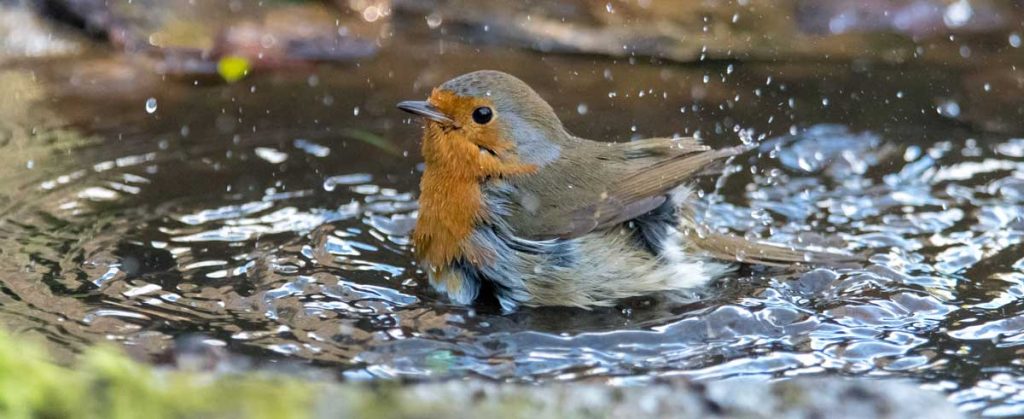
And the season will change into full summer, with the garden greening, ripening, producing, and offering its magic: dirt under the fingernails; color in the garden; greens on our plates; a palette of tastes in our cooking, and a deep satisfaction that comes from enjoying the growing foods that the garden yields.
Well, I am ahead of myself. All this is about to unfold in the coming months. Right now, I am going outside to replenish the bird feeders.
— Lizzie Treefon for the Veggie Fest Team
Lizzie Treefon arrived in the USA from her native Greece more than 40 years ago. She is a retired High School world language teacher and an avid gardener. On her 20-acre homestead in northern Michigan, she and her husband, John, grow and preserve food to last most of the year. Although a long-time vegetarian, she has now embraced the vegan lifestyle, creating her own dairy-free cheeses and meat alternatives. When not tending her garden, she travels around the world to participate in meditation retreats and seminars.


